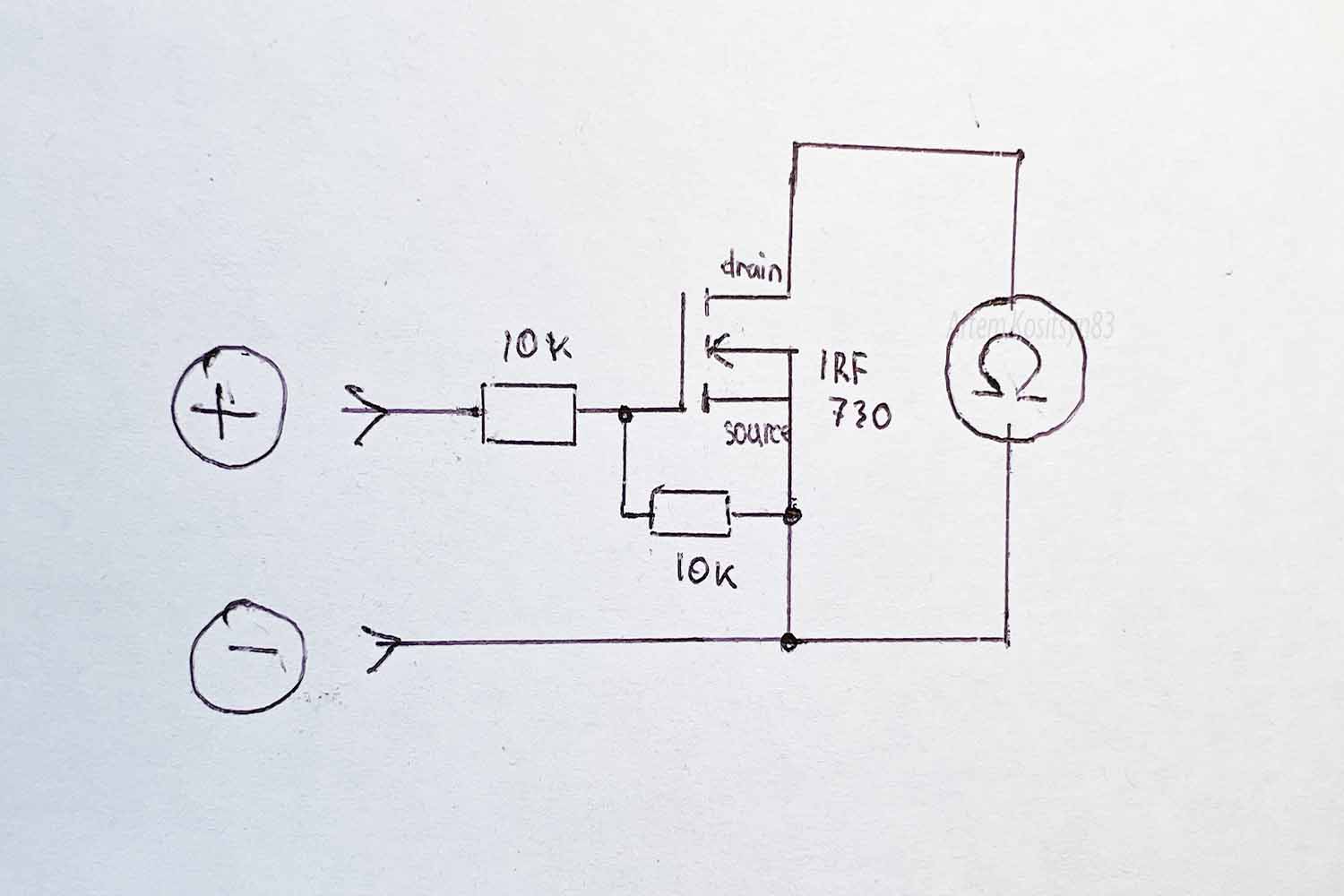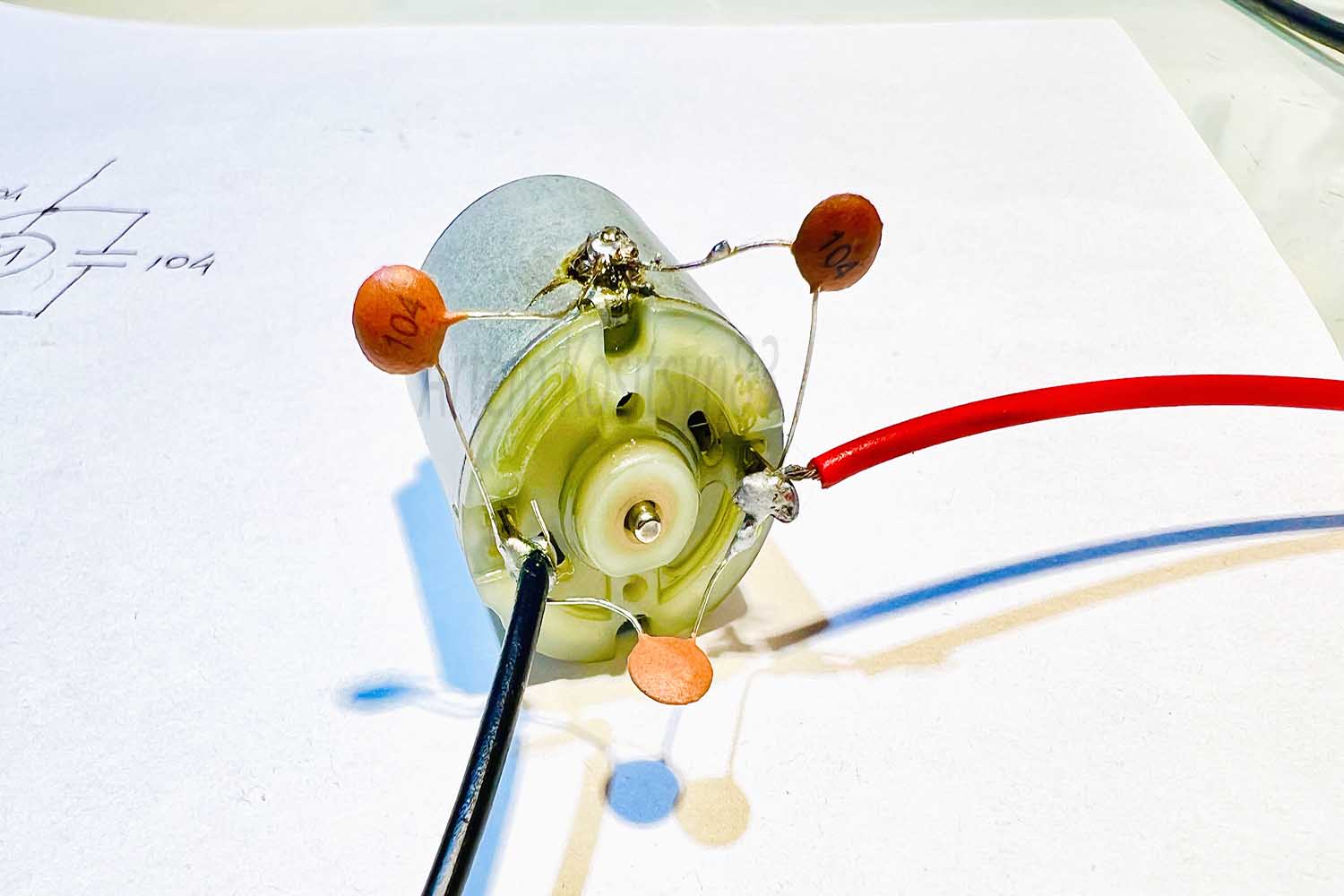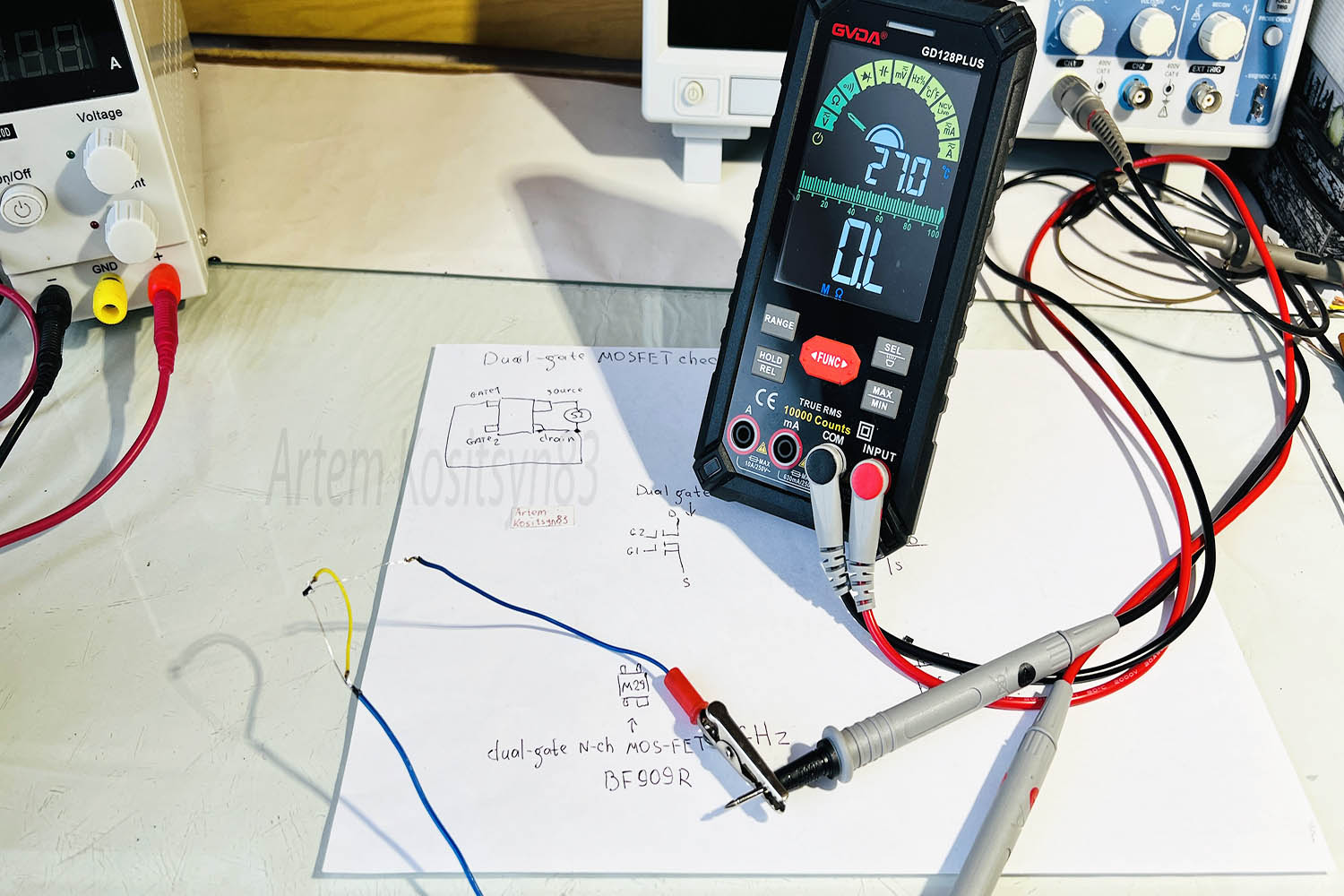The diode bridge is used to rectify alternating current into a constant pulsating current and is mainly used in rectifiers in power supplies.This is its standard application and nothing unusual here.But the diode bridge can also be used in some other non-standard applications.That’s what I’ll tell you in this article.
There are four diodes inside the diode bridge.When the plus half-wave of the sine wave is on top according to the scheme and minus at the bottom, the current will go through two diodes, plus through the anode VD4 and minus through the cathode of the diode VD3.When there is a minus at the top and a plus at the bottom, then the minus will go through VD1 and plus through VD2.
As a result, the sinusoid turns into a pulsating direct current, the pulsations of which can be smoothed using a large-capacity capacitor.Now the current will be with the smallest pulsations and it can be used to power electronic devices.
The first use of a diode bridge is a charger.You can see such charges on the boards of Chinese flashlights, which are connected to the 220V network for charging.The network current in these charges limits the capacitor, and the diode bridge rectifies the current, and without a smoothing capacitor.Pulsating direct current enters the acid battery and charges it, at the same time current pulsations affect the desulfation of the battery.The main thing in such charging is to disconnect the device from the mains in time so as not to recharge the battery.Connected the diode bridge to a step-down transformer with a 6.3 Volt winding, and the charge current was limited using an incandescent lamp.So you can use the bridge to charge the lead battery.
A diode bridge will help convert alternating current into direct current, which can power a DC motor.If it is connected to an alternating current, it will not rotate.We connect after the diode bridge and the motor rotates.The switch can reverse the rotation of the motor.
To protect the equipment from incorrect connection of the poles of the power supply, a diode is used, it will pass current in one direction and not in the other.If we make a reverse-polarity protection based on a diode bridge, then the current with the desired polarity will flow to the equipment in any case, whether we change plus or minus places at the bridge entrance or not.In all applications, it is necessary to take into account the voltage drop on the diode bridge, so it is advisable to do this on diodes where there is a small voltage drop, for example on Schottky diodes, taking into account the operating voltage on the diodes.










